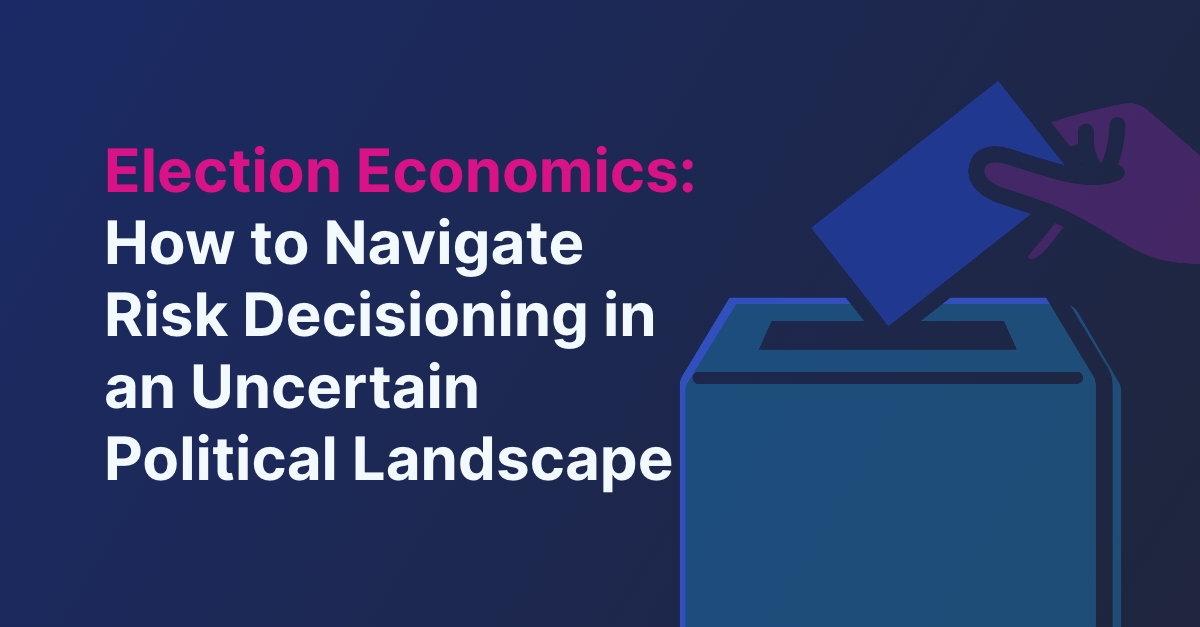BLOG
Finance Forward: 10 Breakthrough Innovations Reshaping The Future of Financial Services

1. Evolution in Ways to Pay, Borrow, Lend and More
Some of these include:
-
Biometric Payments:Payments authenticated through biometric data including fingerprints, facial recognition, or retinal scans, enabling a seamless (and secure!) way to pay
-
Voice-activated Payments:Payments initiated through voice commands via smart speakers or other voice-enabled devices, greatly enhancing convenience for users
-
Invisible Payments:This includes transactions that occur automatically in the background (one level up from our automated payments for subscriptions for example), with IoT-enabled purchases that reduce friction
-
Peer-to-Peer (P2P) Lending:These lending platforms will continue to evolve, using blockchain for transparency and security
-
On-Demand Loans:Instant, micro-loans available on-demand via mobile apps, tailored to individual needs with flexible repayment terms
-
Tokenized Assets:Tokenization of real-life assets (i.e. real estate, art) enabling fractional ownership and lending, and providing investors with new opportunities
The connected vehicle payments market could reach $600 billion by 2030.
2. The AI and Machine Learning Revolution
As we’re already witnessing, Generative AI will continue to have a massive impact. It is certainly making life easier in many ways (chat bots, personalized email and marketing campaigns, dynamic customer management, etc.), but it will also mean greater ease in testing products and models as new data sets are generated (which used to take an incredible amount of time when done manually). Generative AI could also help test different use cases for products and UAT testing (which is traditionally very difficult and time consuming). We can also use Generative AI to translate videos and documents in real-time, or even do live translations in meetings, increasing the serviceable markets of financial services providers who may have previously been limited by language or region.
AI in Banking market was worth $6794.27 million USD in 2023, and is expected to reach $36765.29 million USD by 2023 (CAGR of 32.5%)
3. Quantum Computing: The New Frontier
Quantum computing promises to fundamentally change the capacity to process information by performing calculations at speeds unattainable by traditional computers, enabling the ability to execute complex risk simulations and fraud decisioning and detection algorithms. This speed enables quicker, and more informed risk decisoning for financial services providers. Quantum algorithms could simulate market reactions to economic events or stress test financial portfolios under a variety of conditions, providing insights at a speed and scale that just isn’t possible with today’s computation methods.
Globally, the financial services industry’s spending on quantum computing capabilities is expected to grow 233x from just US$80 million in 2022 to US$19 billion in 2032, growing at a 10-year CAGR of 72%
4. Blockchain and Decentralized Finance (DeFI)
Offering a decentralized and secure platform that can transform traditional banking infrastructure, credit approvals, and monitoring systems, blockchain technology can make big waves in risk decisioning, with advancements in peer-to-peer lending, smart contracts, and fraud screening measures. With transparent and fixed record-keeping, the technology can streamline processes and reduce operational costs, automating credit decisioning and other transactional processes. And with blockhain’s inherent transparency, the reliability of financial data is improved, greatly enhancing fraud and identity management. When it comes to the increasingly important aspect of identity verification, blockchain can also be useful – enabling Self-Soverign Identity (SSI) and Decentralized Identifiers (DIDs). SSIs allow individuals to own and control their own digital identities, stored on a blockchain for maximum privacy and security, while DIDs use unique, blockchain-based identifiers that can be verified across different platforms without exposing personal data.
There is around $52 billion of value locked in DeFI, and global blockchain spending is expected to hit $19 billion this year
5. Rise of Central and Digital Bank Currencies
134 countries and currency unions, representing 98% of global GDP, are exploring a CBDC
6. Integrating IoT into Banking
The integration of the Internet of Things (IoT) in banking could provide continuous data streams to credit risk models, offering real-time insights into a potential borrower’s financial activities and habits, and ensuring more dynamic (and accurate) credit risk decisioning and lower default rates. For instance, data from smart home devices could inform lenders about a customer’s energy consumption patterns, which might correlate with financial stability or risk levels. This level of integration can lead to even more personalized risk assessments, potentially improving credit access and inclusion while mitigating risks for lenders.
IoT In Banking And Financial Services Market size is projected to reach USD $30925 Million by 2030, growing at a CAGR of 50.10% from 2023 to 2030.
7. Cybersecurity: Staying Ahead of Threats
Financial institutions are the second most impacted sector based on the number of reported data breaches; ransomware attacks on financial services increased from 55% in 2022 to 64% in 2023.
8. Sustainable and Social Impact Lending
Global sustainable finance product issuance totalled $717 billion in the first half of 2023.
9. The Impact of Regulatory and Ethical Developments
By the end of 2024, Gartner predicts 75% of the global population will have its personal data protected by modern privacy regulations.
10. Identity Verification
Western Europe and Asia Pacific will potentially account for 50% of digital ID verification spend by 2028.
Technology has always had the power to drive significant change in all aspects of society, and future tech advancements will continue to alter how financial institutions operate and interact with their customers. A common theme running through all of these innovations is the ability to personalize products and offerings, highlighting the extreme importance of the customer experience. A prime example of this is dynamic, responsive onboarding – where financial services providers are tailoring the onboarding experience to individual customers by matching data checks (including identity verification, AML, KYC, and more) to the event risk and the responses of the customer. Depending on the consumer’s answers in an application, the actual application itself will change dynamically – populating additional responses required or minimizing friction with fewer questions if lower risk is determined.
Today’s consumers will no longer stand for long wait times, inadequate customer service, and mass-marketed products. Instead, a competitive edge requires rapid response times, omnichannel offerings, customized products, and frictionless experiences – all enabled by automated, real-time decisioning.
But the concept of ‘decisioning’ itself will also evolve. Currently financial services providers utilize specific triggers that result in a decision being made, whether that’s from the end-consumer applying for a product, or from a provider proactively analyzing data and making a decision to offer a new product. But with the increased availability of data, extremely fast processing speeds, and the enhanced use of AI to analyze data and behaviors, decisioning will become much more fluid. Rather than trigger points causing a decision, are we in for a future where decisions around customers and products/services are just continuous? Seamless? Always happening? This too will result in more hyper-personalization and a customer-centric approach in all aspects of financial services.
Done well, personalization at scale for banking customers can lead to annual revenue uplifts of 10%
As these technologies develop, Provenir continues to lead the charge, offering an advanced decision intelligence platform that is adaptable, efficient, and strategically forward-thinking. Discover why choosing Provenir is the best decision for managing risk in a technologically evolving landscape.
Ready to lead in the future of financial services?

Blog: The Importance...

Three Steps to Fight...

Blog: The Growing Th...
